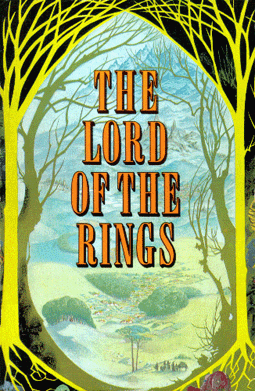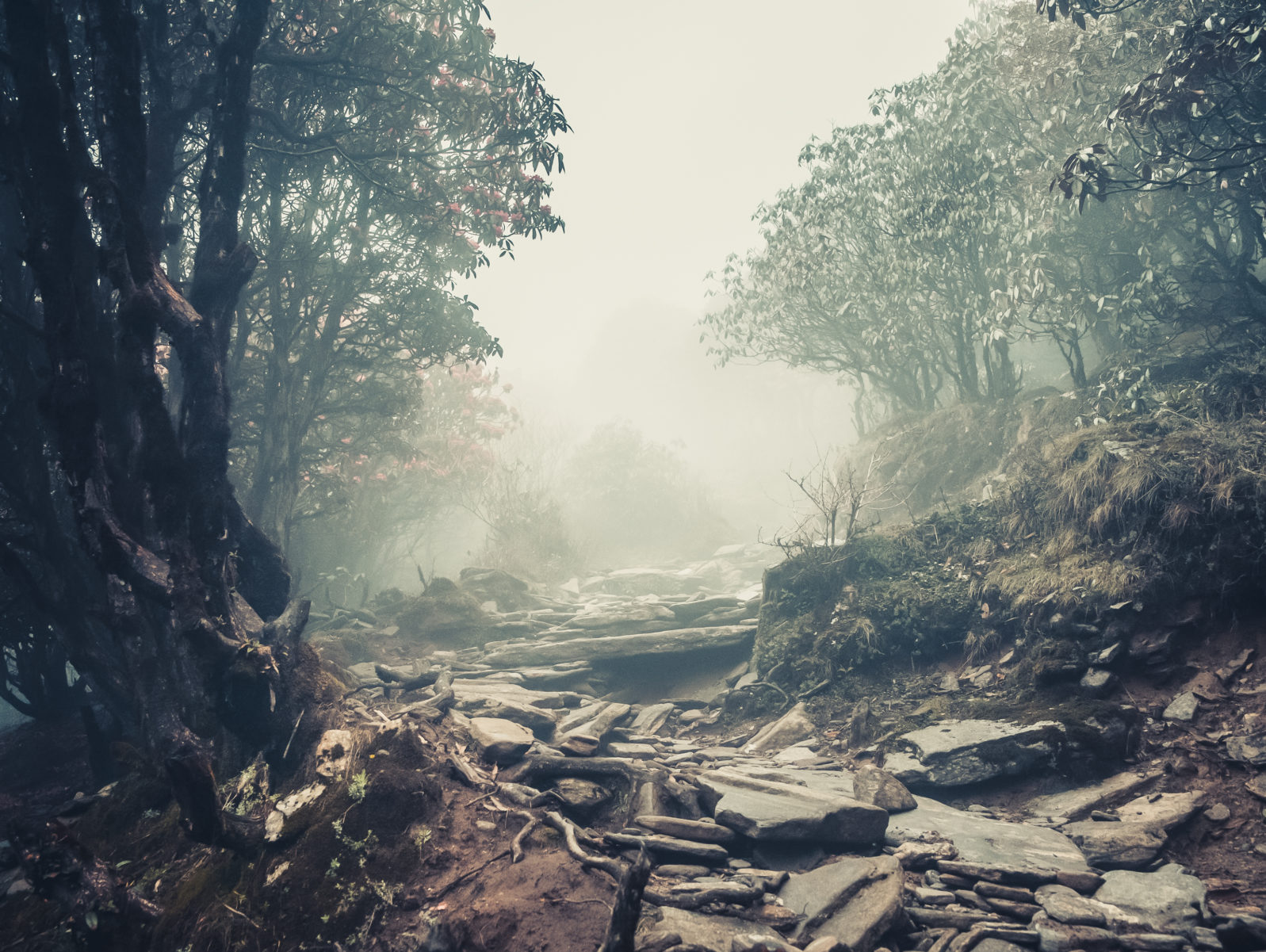Amazon’s Rings of Power: Some Warning Signs But Still Hope
The screenwriters had to create dialogue from Tolkien’s notes about the world in which Lord of the Rings is setThe first two episodes of the long-anticipated series The Lord of the Rings: The Rings of Power were released on September 2nd on Amazon Prime. With a budget of over $1 billion, Rings of Power is the costliest TV show ever produced. It makes sense, then, that fans expected a lot from the premiere. Peter Jackson’s The Lord of the Rings trilogy is widely considered a cinematic masterpiece, and millions of avid Tolkien readers are watching vigilantly for violations against the “canon.”
The show stars a young Galadriel (Morfydd Clarke) as a stubborn, resilient warrior. For years, she has been tasked with eradicating any trace of evil after the apparent fall of Sauron, the rogue servant of the evil Morgoth. She is convinced that the foe is still “out there” but no one shares her suspicions of the enduring evil. Thus she is sent to the Grey Havens, the undying lands of Valinor — only to jump ship at the end and make the perilous swim back to shore.
While I did enjoy the visuals and some of the action scenes in the first two episodes, some signs of weakness appeared. My question right now — even as most of the show is yet to be released — is how the writers of Rings of Power can manage dialogue and narrative in a way that compares with Tolkien’s timeless story.
Despite the appearance of characters we’d remember, like Galadriel and Elrond, this show doesn’t borrow directly from any of Tolkien’s published fictional works. It seems to be loosely based on the appendices at the end of LOTR but, unlike Peter Jackson, the writers have no substantial dialogue to pull from.
In the first two episodes, the absence was felt. Several instances of dialogue which seemed meant to be profound ended up feeling forced, shallow, and premature. Without Tolkien as the ultimate writer, the dialogue seemed devoid of the gravitas and meaning that’s so evident in the trilogy. (Peter Jackson’s Hobbit trilogy (2012–2014) also suffered from this issue for the same reason.)
Additionally, I was disappointed with the depiction of the Elves. I couldn’t quite put my finger on the problem at first, but soon realized that they look…well, too normal. Peter Jackson succeeded in distinguishing the Elves from other races in the movies. They are a tall, beautiful, mysterious people, borne from faraway lands, with the ambiguous gift of immortality. In the show, however, you can’t tell that they’re Elves, apart from their pointed ears.
Some critics have already pointed out the political undertones of the show and fear the ideological agenda might eclipse the integrity of the story. It may be too early to tell yet if it will prove too much of an allegory for modern-day gender and racial identity politics. But it is safe to say that but Tolkien probably wouldn’t want his beloved world being used for such purposes.
Tolkien had a general distaste for allegory. On that topic, he famously said,
I cordially dislike allegory in all its manifestations, and always have done so since I grew old and wary enough to detect its presence. I much prefer history — true or feigned — with its varied applicability to the thought and experience of readers. I think that many confuse applicability with allegory, but the one resides in the freedom of the reader, and the other in the purposed domination of the author.
J.R.R. Tolkien, “Foreword to the Second Edition (October, 1966) ” at Tolkien Gateway
He built an entire fantastical world that’s best enjoyed when appreciated on its own terms, not ours. That’s a helpful tip I learned for enjoying art of any kind. We must learn to receive the work on its own terms, charitably giving it its fair due rather than seeing only what we want to see in it.

Again, this is where the screenwriters have big choices to make. Without a solid story outline to follow, they could easily chart their own path. There’s nothing wrong with having some creative leeway; the question is, from what moral and imaginative sources do they choose to draw? I hope they use their creative freedom to honor Tolkien as much as possible, even if the show introduces an extra-canonical storyline.
And lastly, Tolkien’s world, while not a Christian allegory, is inextricable from his religious imagination. In a letter to a friend, Tolkien wrote, “Myth and fairy-story must, as all art, reflect and contain in solution elements of moral and religious truth (or error), but not explicit, not in the known form of the primary ‘real’ world.”
The Lord of the Rings is such a powerful story in part because it is rooted in a Judeo-Christian understanding of Creation, Fall, and Redemption, including a cosmic understanding of good and evil. So far, Rings of Power does not shy away from the reality of evil and the need for people of goodwill to fight it — so far, so good. But if the TV show fails to honor such a worldview in the long run, the story itself will fail.
Rings of Power will air episodes every Friday on Amazon Prime.
